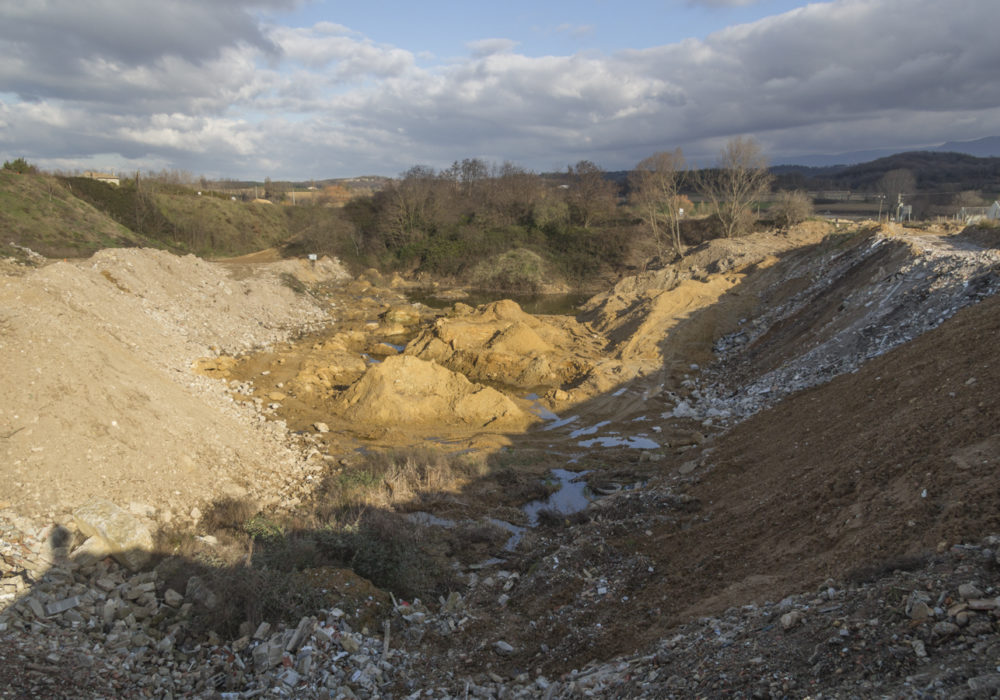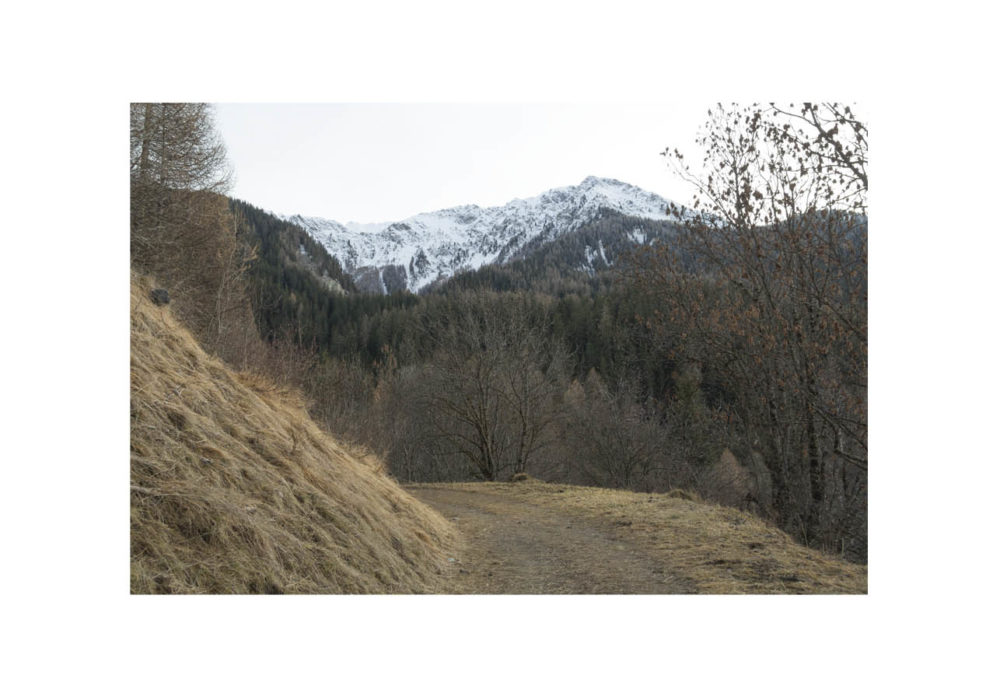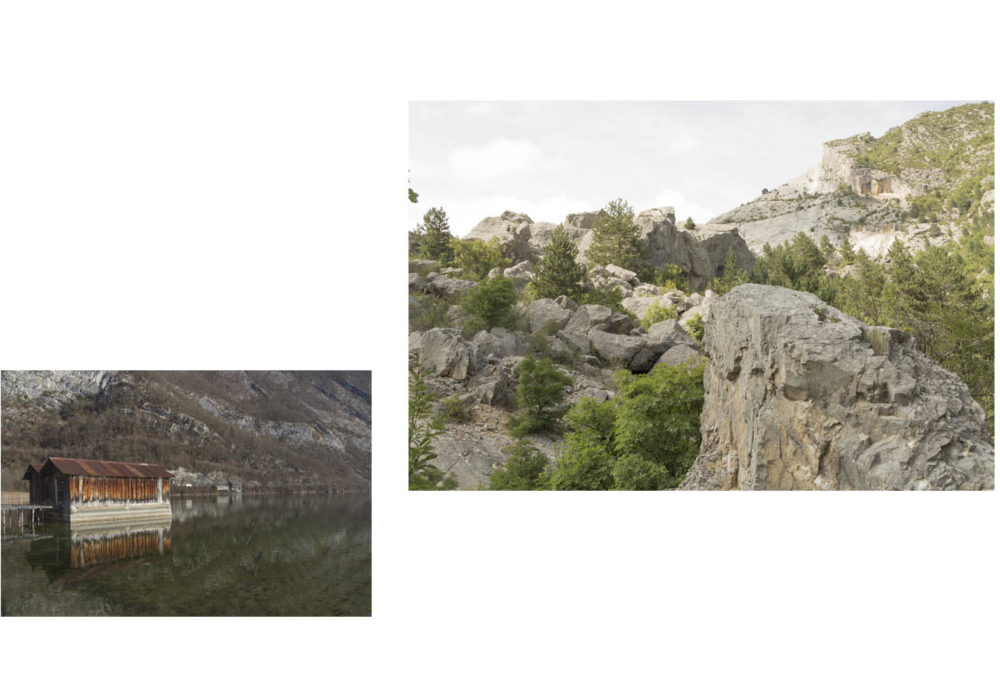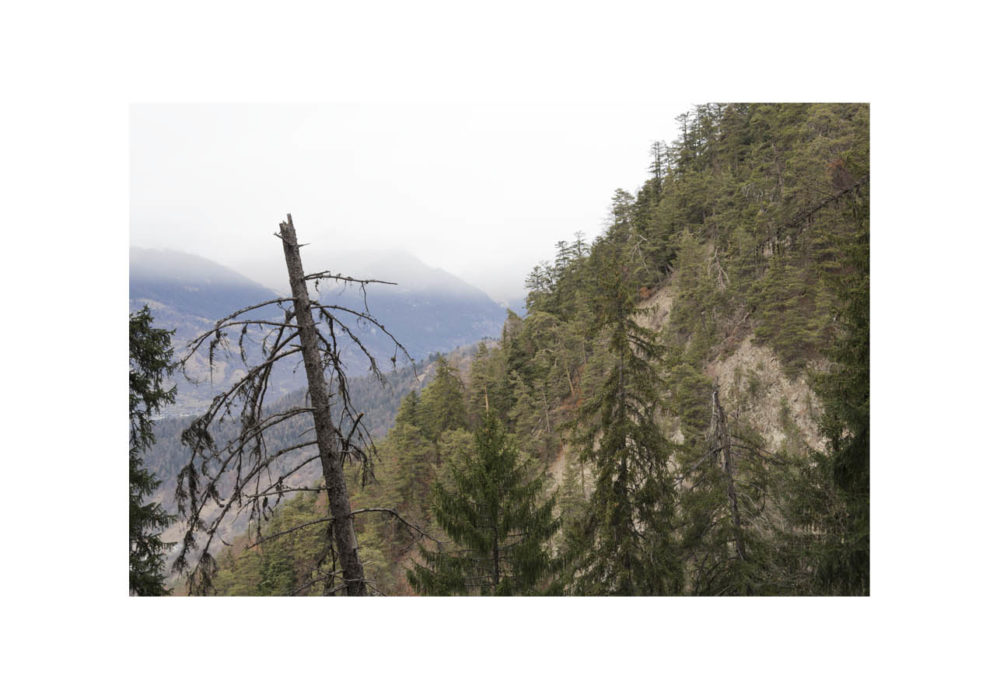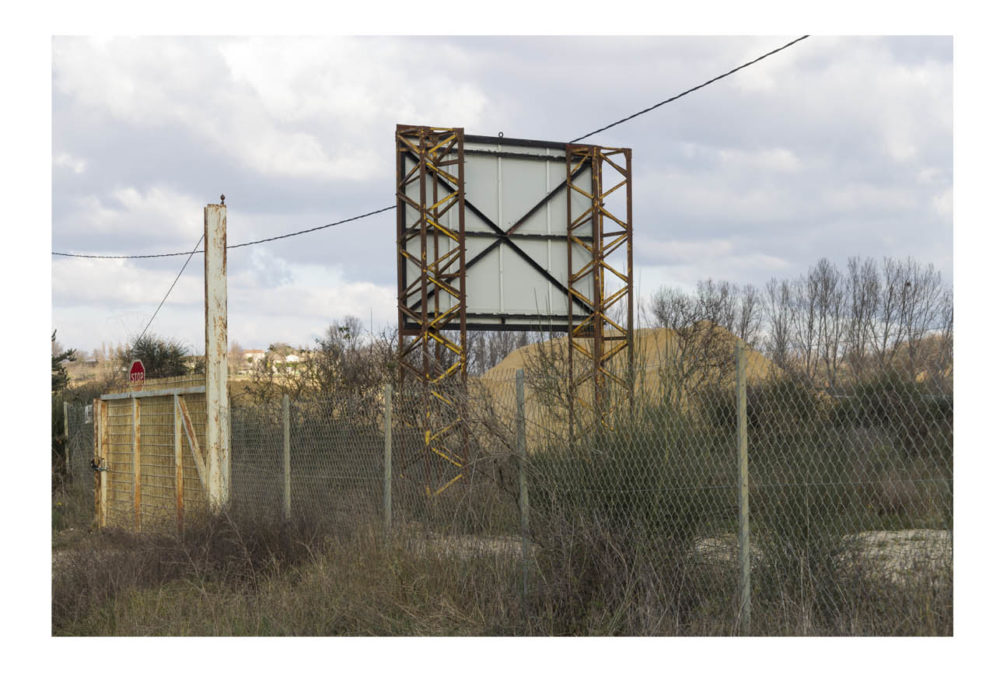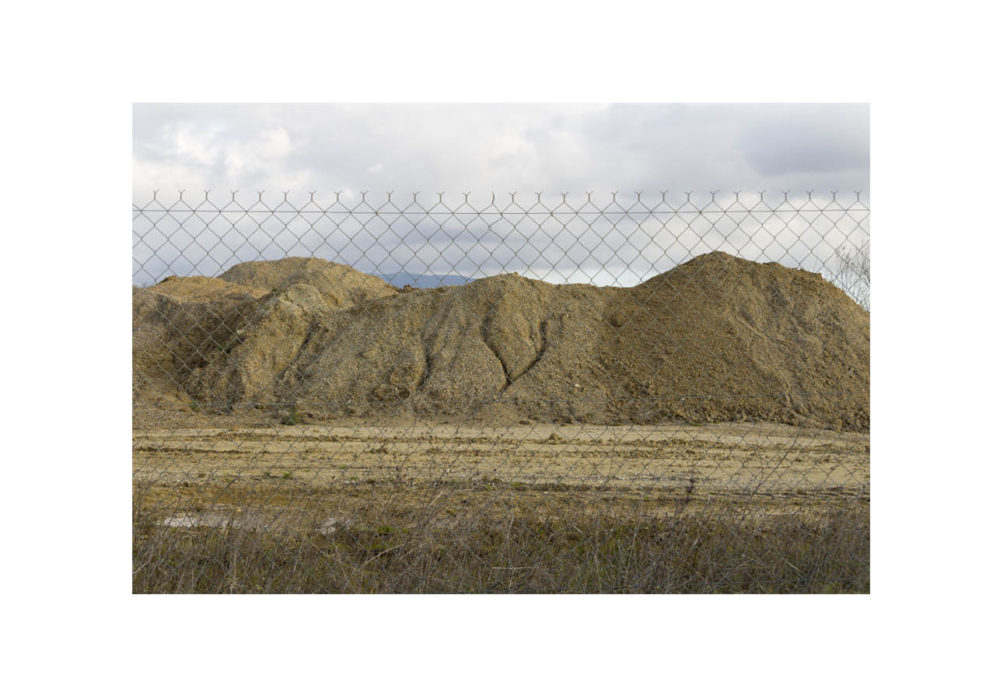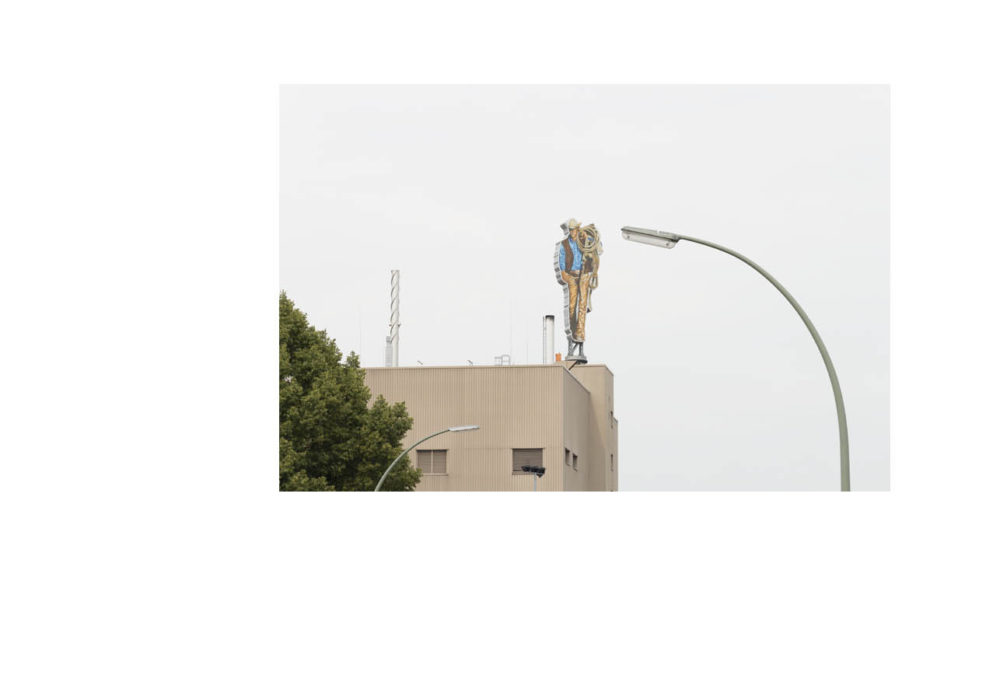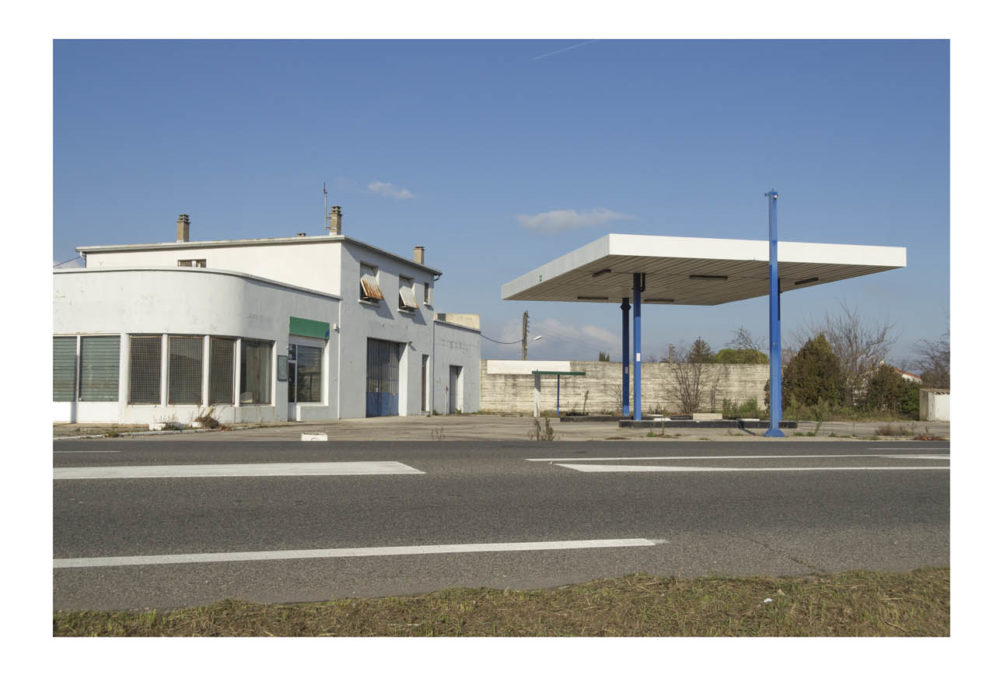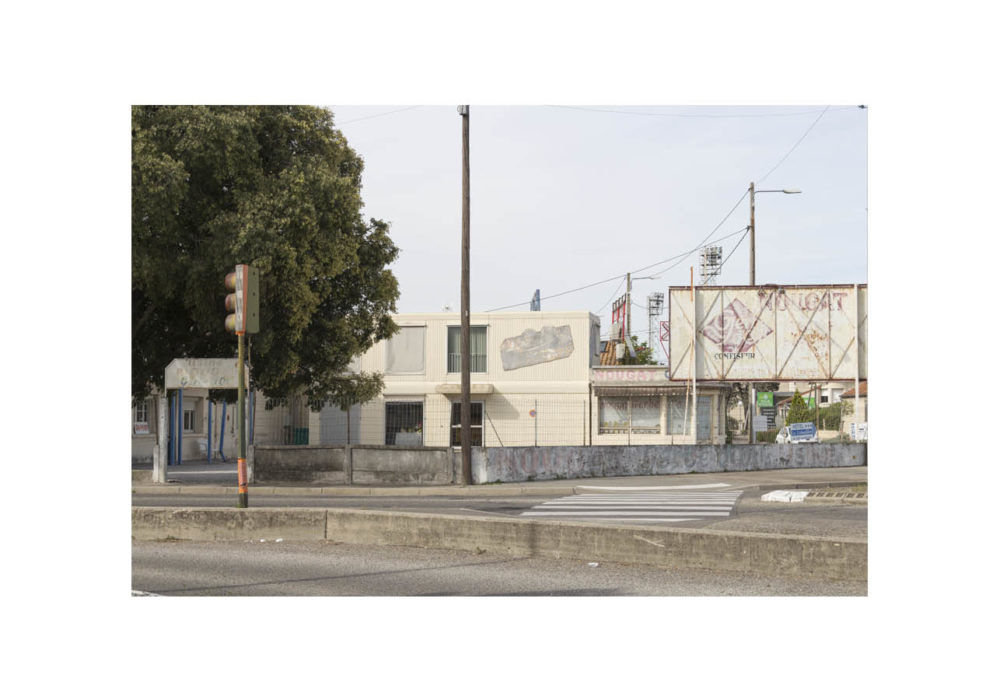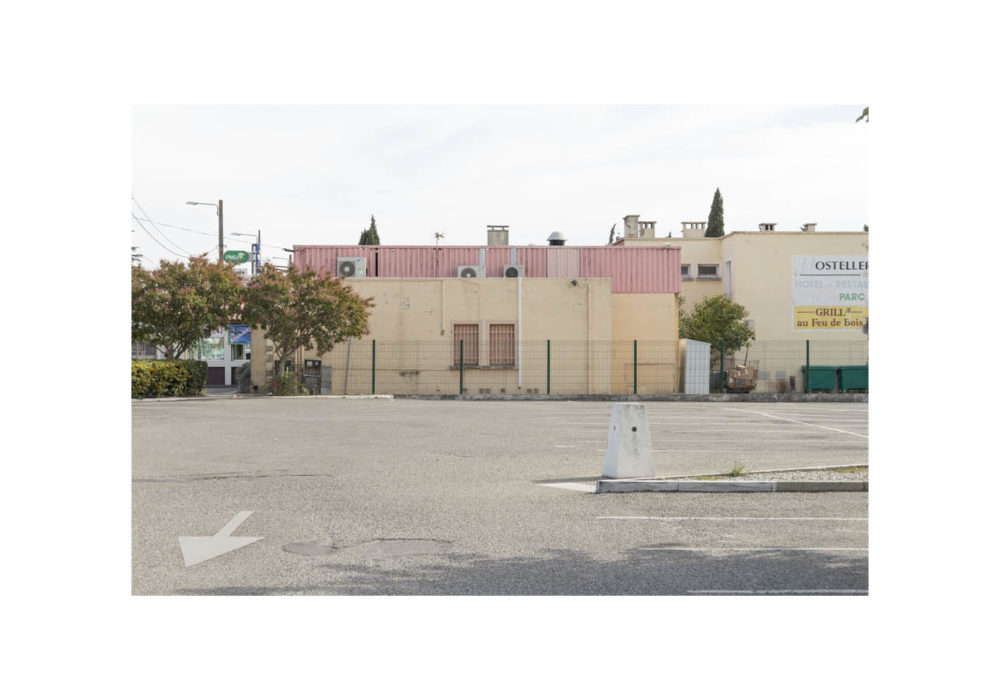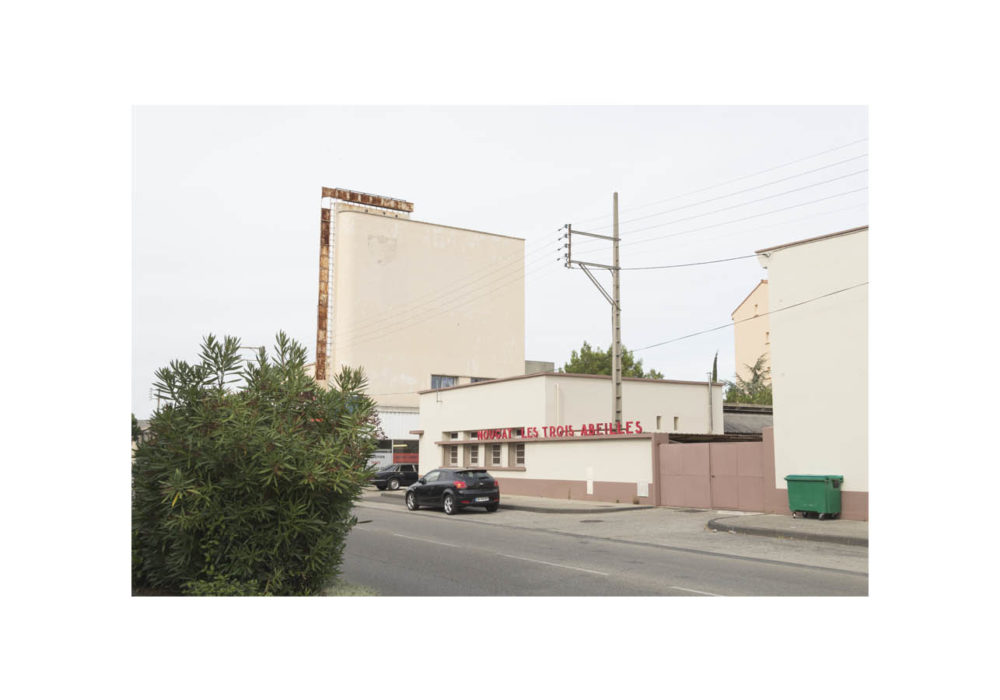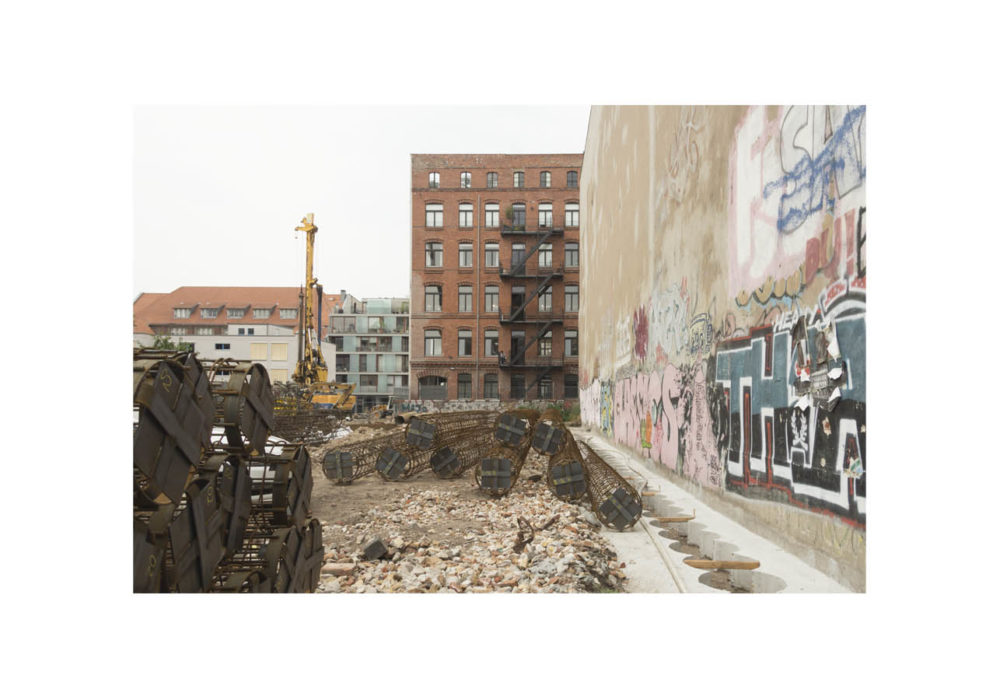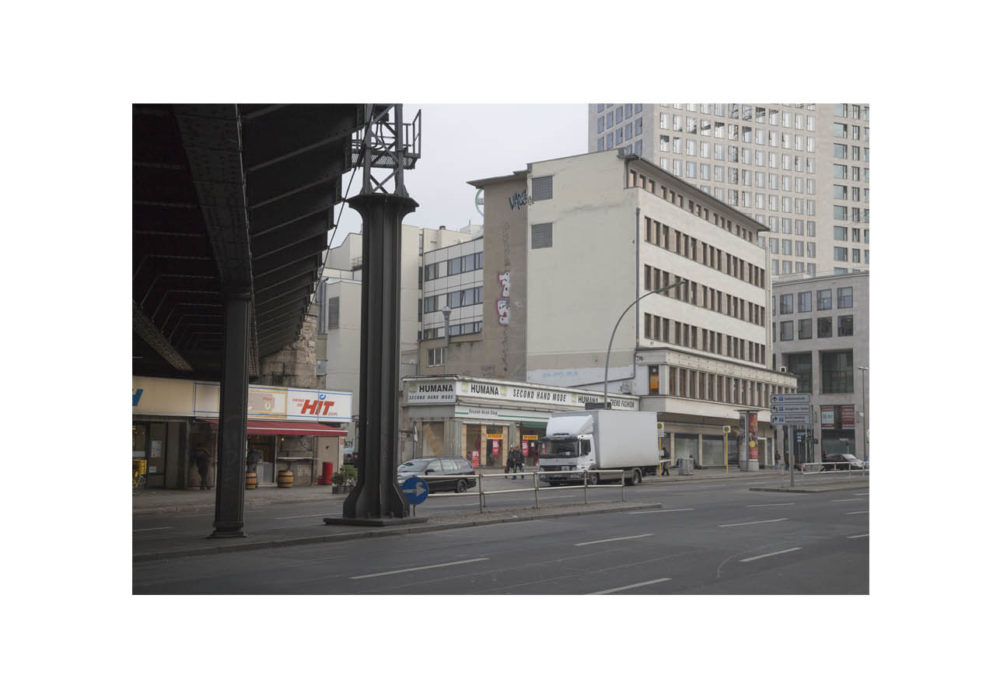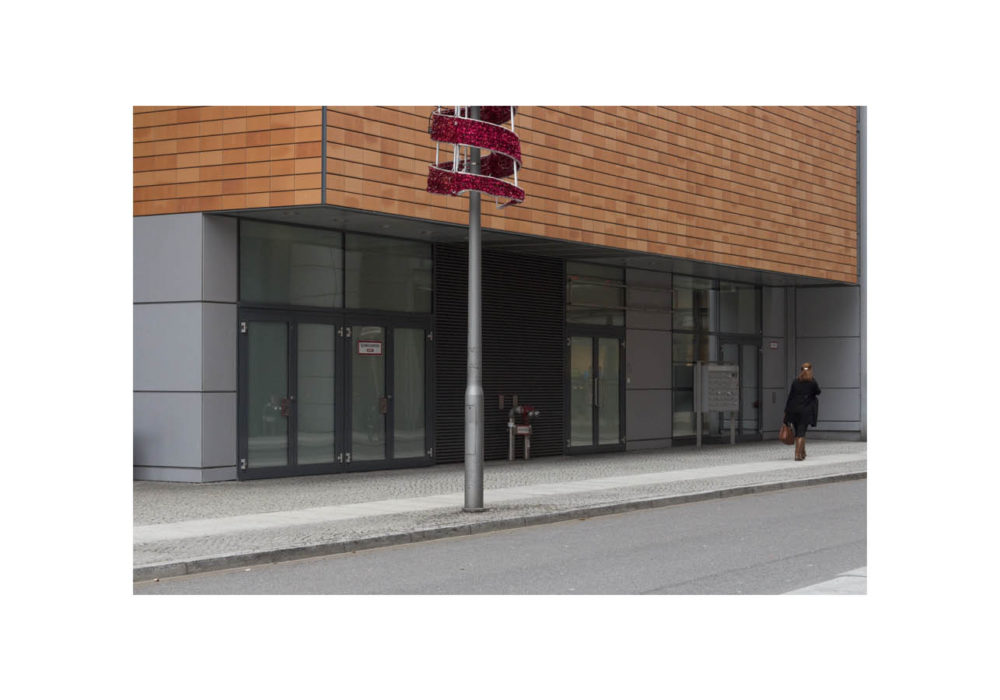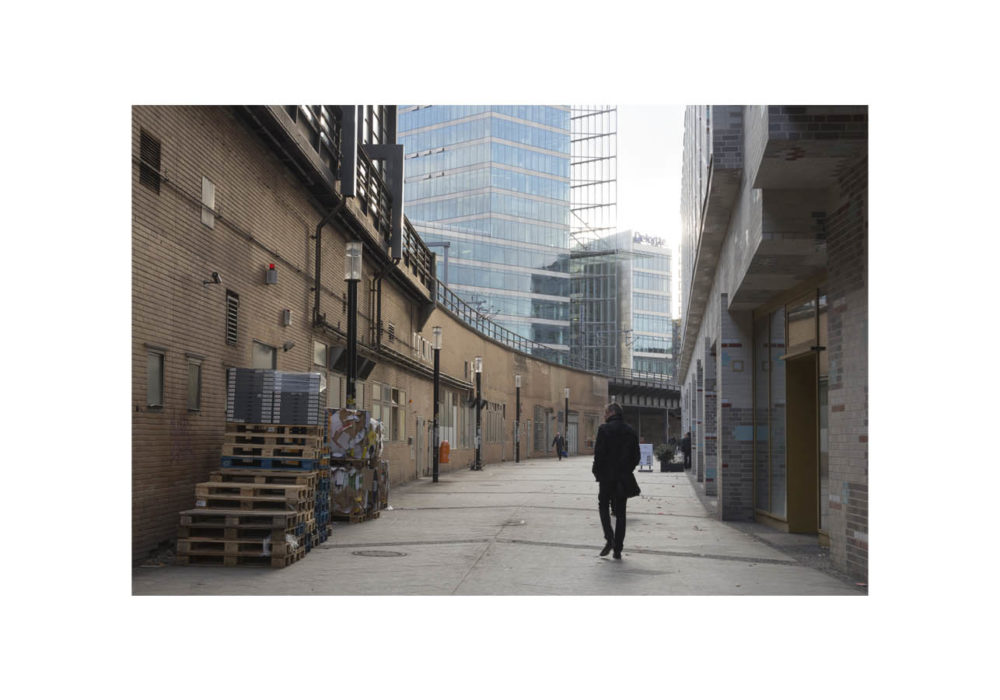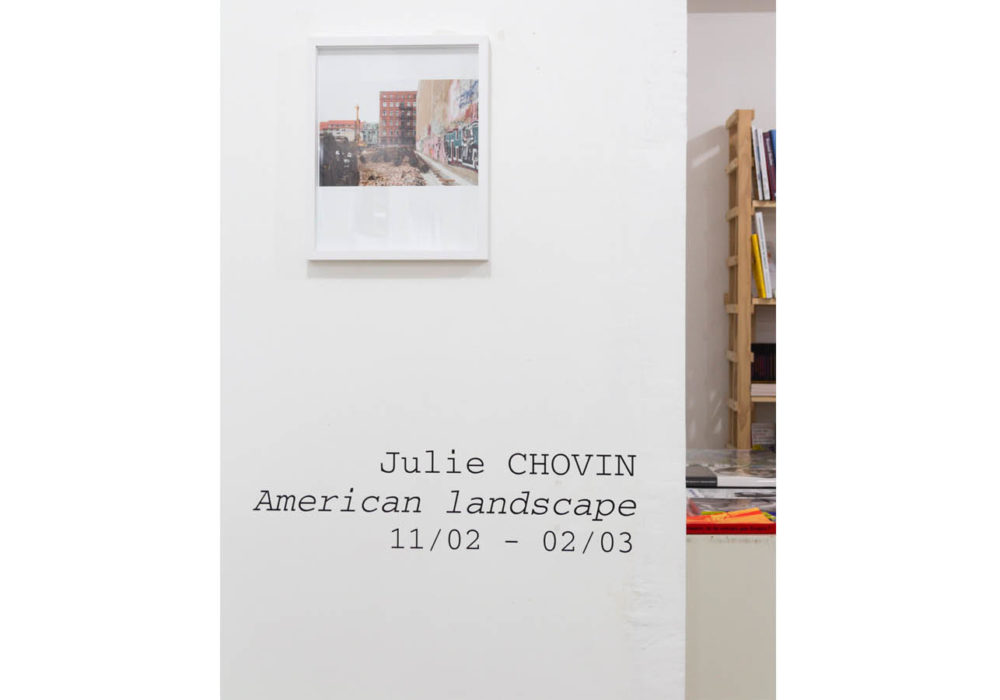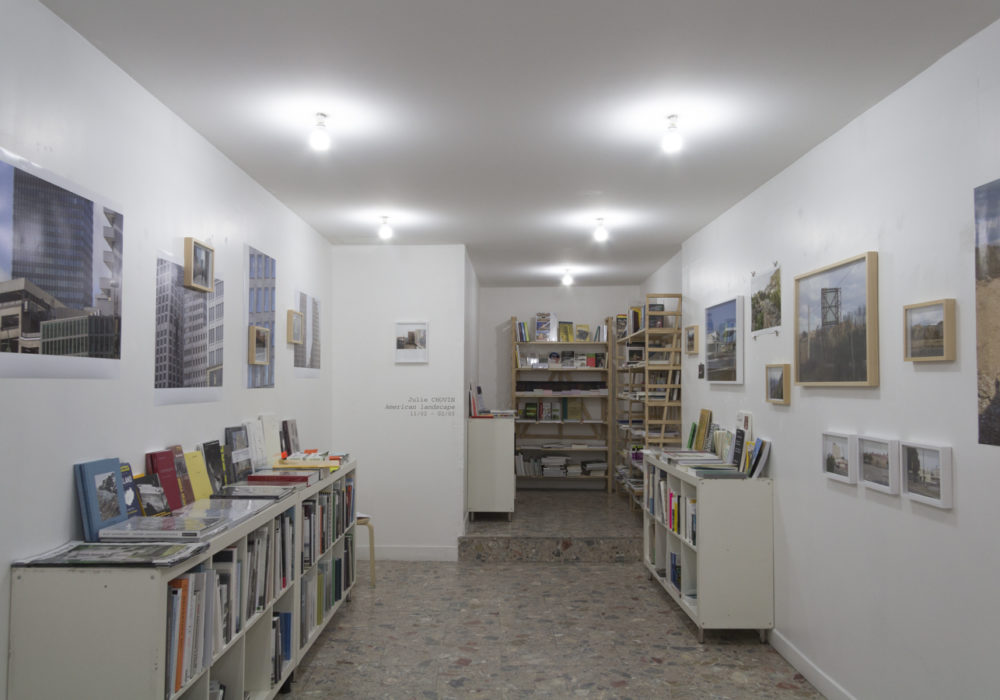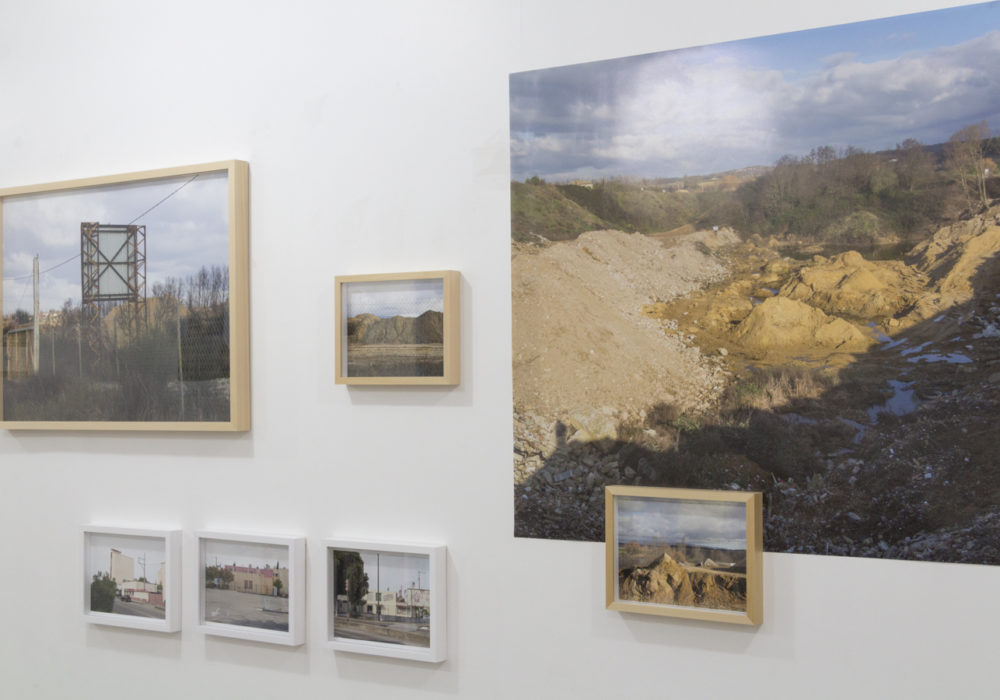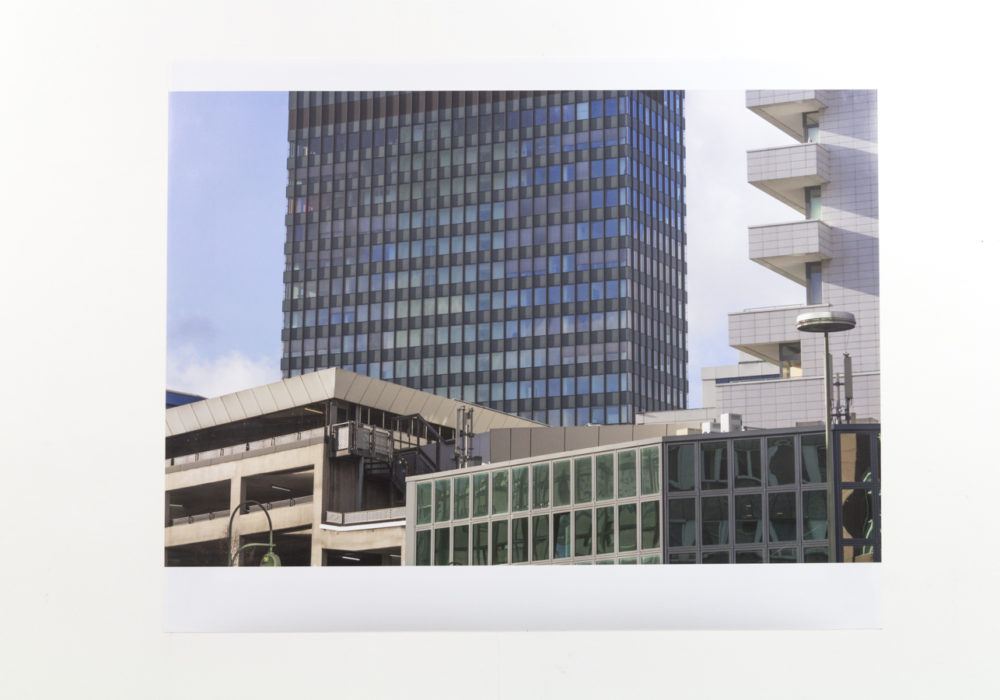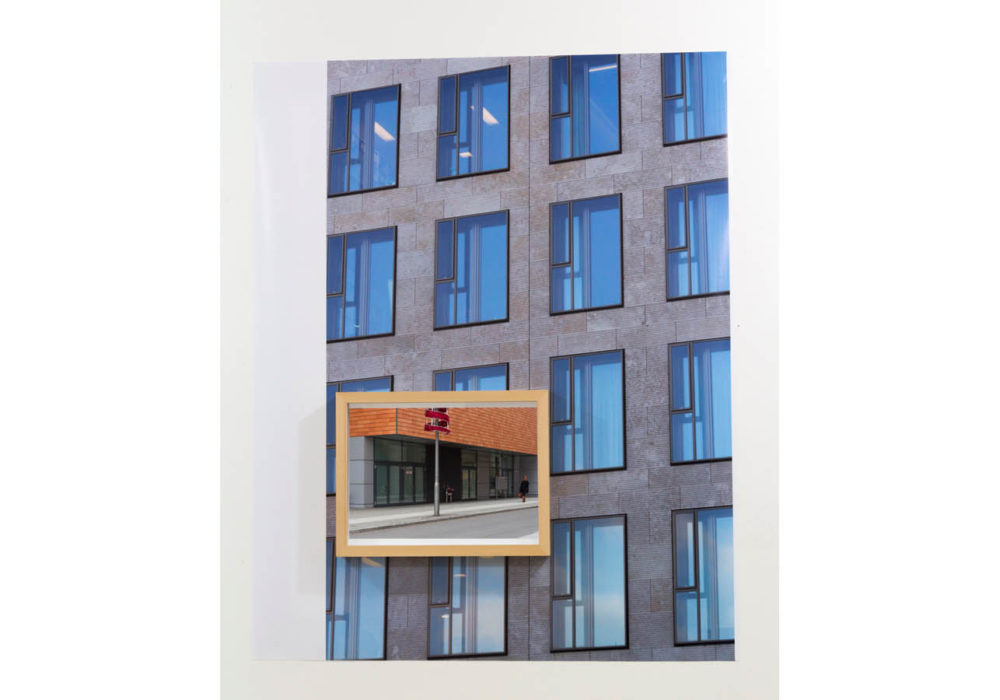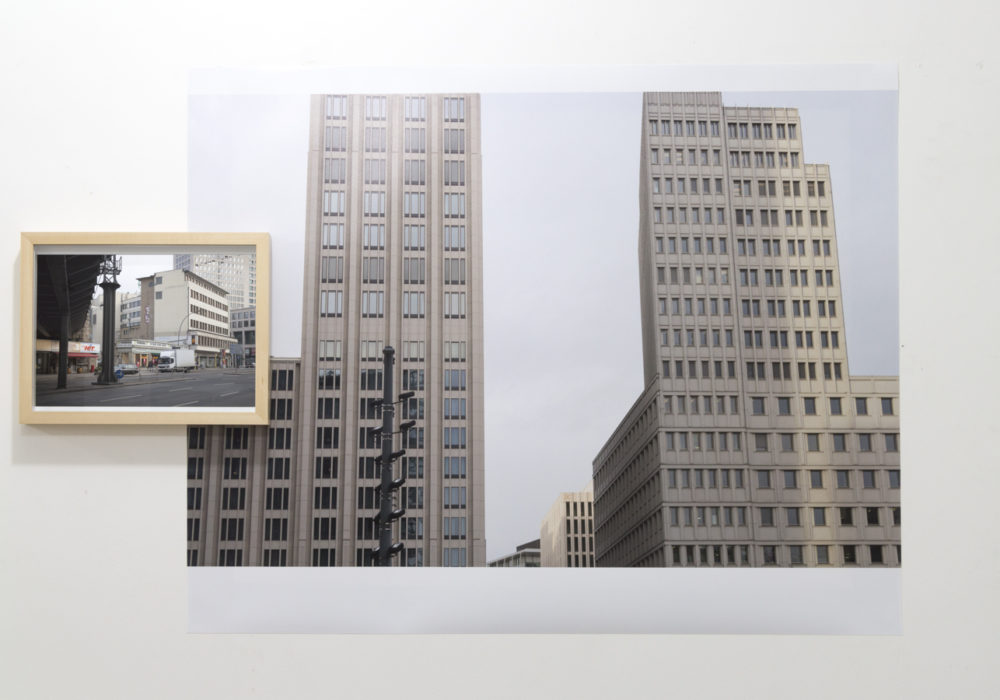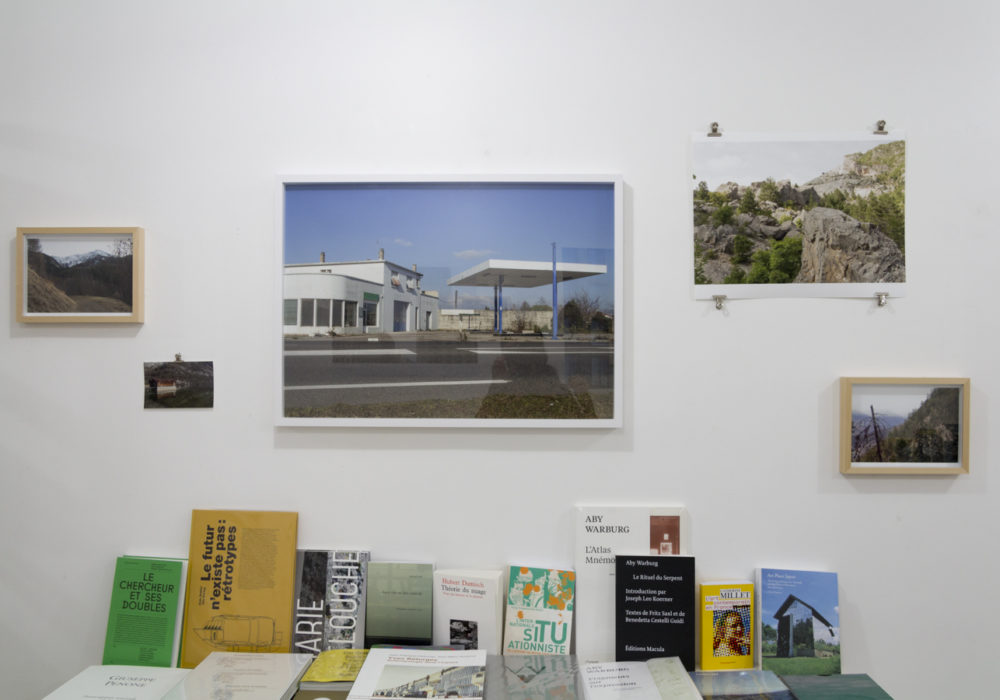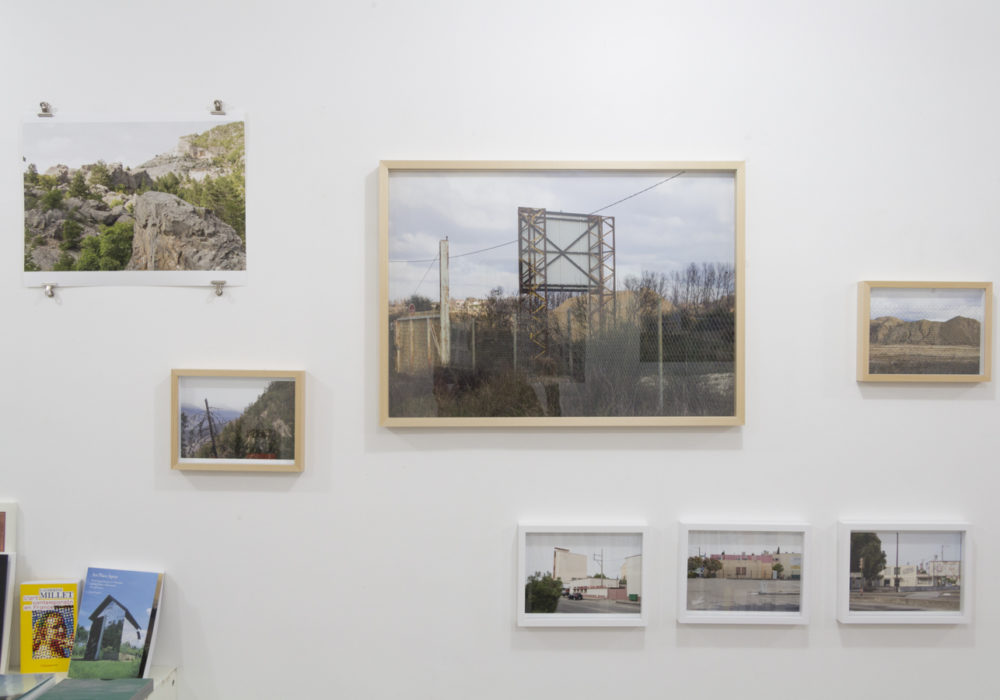All the pictures of American Landscape have something from what we imagine from the United States of America, with their scales, matters, light or perspective. But some of these specificities are missing and create a subtle doubt about the landscape’s origins.
They are a fictional journey across a country where I have never been.
They are analysing and deconstructing the language and imaginary from the American landscape photography and cinema. They are references to the American myth, to the desire of space and hope for a better life.
« In a world where signs are everywhere, references have become self-references. To photograph, even a western landscape, is not only to make use of some form of intertextuality, whether consciously or not. It is also to make intertextuality the very object of the work. In other words it means to start from a referent which is not the place but its images. »
« This hyper-localisation (the attempt at fully grounding the images in a real-world physical reality), eventually leads to a paradox. It produces simultaneously the unexpected presence of the gaze and an absence—that of the place, which now seems interchangeable (its becomes « everywhere »), as if the presence (now, here) had itself become an absence (nowhere). Would the West then be in the eyes of the beholder? »
Jean Kempf, professor of American studies at the Université Lyon 2. From « the American West, a photographic landscape in re-readings ».
Les images d’American Landscape ont toutes quelque chose de ce que l’on imagine des Etat-Unis d’Amérique, dans leur échelle, matières, lumières ou perspective. Mais certaines de ces spécificités sont absentes et créent un léger doute sur l’origine du paysage.
Elles sont un voyage fictionnel à travers un pays où je ne me suis jamais rendue.
Elles analysent et déconstruisent le langage et l’imaginaire de la photographie de paysage et du cinéma américains. Elles sont des références au mythe américain, au désir d’espace, et à l’espoir d’une vie meilleure.
« Dans un monde du signe les références sont désormais auto-référentielles. Photographier, même un paysage de l’Ouest, ce n’est pas seulement mettre en oeuvre, consciemment ou non une intertextualité, c’est aussi faire de l’intertextualité la matière de l’oeuvre, c’est-à- dire partir d’un référent qui n’est plus le site mais ses images. »
« Cette hyper-localisation (c’est-à-dire ce mouvement qui vise à référentialiser totalement les images, à les ancrer dans une réalité physique externe), conduit en dernier ressort à un paradoxe : elle figure à la fois une présence insoupçonnée celle du regard et une absence celle du lieu, tant celui-ci paraît interchangeable (un everywhere), comme si une présence (now, here) était devenue une absence (nowhere). Would the West be in the eyes of the beholder? »
Jean Kempf, professeur de civilisation américaine à l’Université Lyon II. Extraits de « L’Ouest américain, un paysage photographique en relectures » originalement publié dans la revue Westways, 1993, Les Mythes de l’Ouest américain, visions et révisions, pp.29-48.
|
|
|
